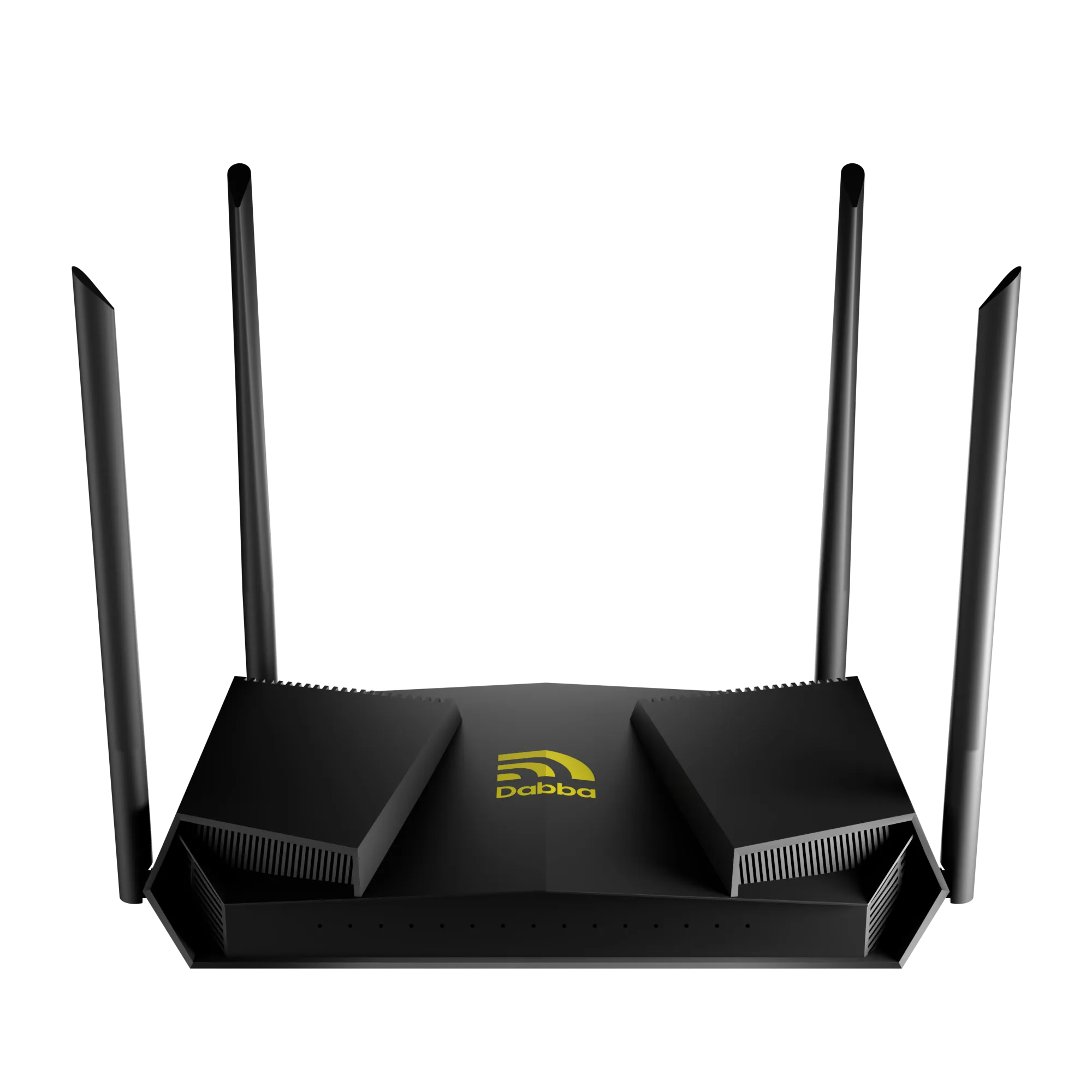India stands at the center of a digital paradox. Home to over 1.4 billion people, it boasts some of the world’s lowest data prices — yet roughly 47% of its population remains without reliable, high-speed broadband.
At the heart of this challenge lies the last mile problem: while large telecom providers successfully deliver backbone connectivity to cities and metros, they struggle to extend that reach into the thousands of small towns and villages where real demand is surging.
Dabba Network was built to solve this problem — not by competing with local operators, but by partnering with them. By supercharging Local Cable Operators (LCOs) with capital, technology, and on-chain rails, Dabba is creating a connectivity model that big telcos can’t match.
Understanding the Systemic Limitations of Big Telcos
Why can’t multi-billion-dollar telecom giants finish the job? The reasons are structural, economic, and deeply embedded in how they operate.
Economics of Scale vs. Economics of Density
Large telcos design networks to serve densely populated cities where the Average Revenue Per User (ARPU) justifies expensive infrastructure.
In sparsely populated regions, low ARPU makes rollouts financially unattractive — leaving these areas underserved.
High CapEx and Long Payback Periods
Building fiber networks from scratch or mobile towers costs millions per region, with a payback horizon often exceeding 5–7 years in rural zones. For large corporations focused on shareholder returns, these investments rarely make the cut.
Regulatory and Bureaucratic Bottlenecks
Deployments in small towns and villages face delays from permissions, right-of-way disputes, and local regulatory challenges. Big telcos, often headquartered in metros, lack the local trust to navigate these barriers quickly.
One-size-fits-all Business Models
Big telcos rely on standardized packages and national campaigns, often missing the local nuances and unique demands of small businesses, schools, and households in semi-urban and rural areas.
Data perspective:
- 40 million broadband connections in India.
- Less than 10% serve rural and semi-urban areas.
- India must add 10 million new connections every year to meet the government’s 100 million broadband target by 2030.
Local Cable Operators (LCOs): The Untapped Heroes
India has over 150,000 LCOs — small, locally-run businesses that already deliver TV and, in some areas, internet.
They have:
- Deep local relationships.
- Physical presence in places large telcos find hard to reach.
- A better understanding of local needs.
But scaling is hard:
- Limited access to capital for network upgrades.
- Lack of digital tools to manage connections and monitor usage.
- No brand recognition beyond local circles.
- Struggle to integrate modern payment and reward systems.
Dabba: Making Local Connectivity Unstoppable
We don’t replace LCOs — we empower them.
How?
Capital Support
Anyone worldwide can buy a Dabba hotspot. Instead of sitting idle, each device is deployed by an LCO directly to a paying customer.
Result: faster rollouts without debt for LCOs.
Technical Enablement
Through the Dabba Network Explorer, LCOs can monitor device health, track usage, and receive automated payouts on-chain.
Demand Generation & Marketing
Dabba handles brand-building, partnerships (like Bonk.live), and campaigns to bring more paying users into the network.
Proof that it works:
- 5,800+ hotspots deployed across semi-urban and rural India.
- 150,000+ unique connected devices.
- Over 13,000+ TB of data consumed — and the network is still on testnet.
Why Dabba’s DePIN Model Wins for Hyperlocal Last-Mile Connectivity
Dabba’s DePIN (Decentralized Physical Infrastructure Network) model flips the traditional model:
- Demand-driven deployments: devices go where people actually want them.
- Shared ownership: anyone can help fund infrastructure.
- Local incentives: LCOs and hotspot owners share revenue, ensuring sustainability.
- On-chain transparency: everyone sees what’s deployed, what’s earned, and what’s consumed.
Beyond Big Telcos – A New Era for Connectivity
Big Telcos are essential for national backbones and high-capacity data centers. But the last mile — the real test of inclusivity — needs a different model.
Dabba’s approach:
- Local actors with local trust.
- Decentralized funding and shared rewards.
- Technology that makes scaling possible, even in places where ARPU is low.
By partnering instead of competing, Dabba is turning LCOs into unstoppable agents of digital inclusion.
“Where legacy telecoms can’t go, Dabba makes local connectivity unstoppable.”
